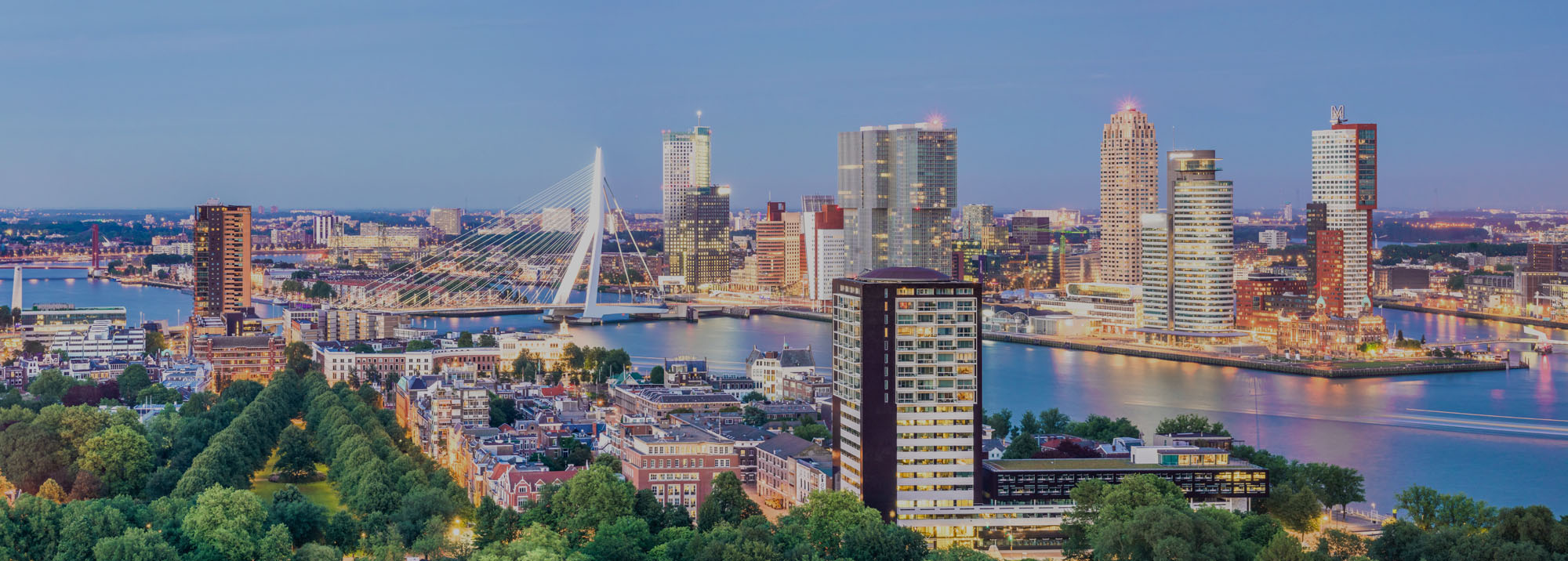
- Real-time data integration improves urban planning.
- Simulates scenarios for effective spatial development.
- Visualizes impact analyses for better insight
Why the Tygron Platform is Essential for Urban Planning
Urban planning faces complex challenges such as sustainable development, climate adaptation, and the integration of new technologies into existing urban fabrics. The Tygron Platform provides advanced simulation tools that are essential for navigating these challenges, enabling urban planners, policymakers, and engineers to collaborate effectively.
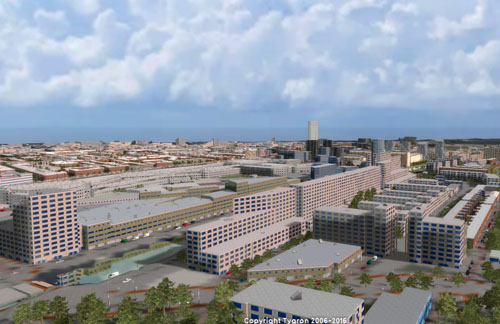
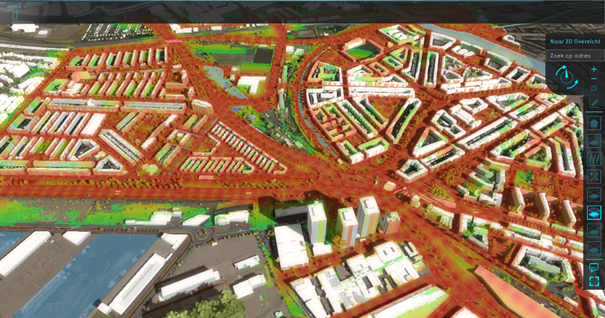
Key Benefits of the Tygron Platform for Urban Planning:
- Integrated Approach: Tygron supports the integration of various data such as geographic, demographic, and environmental information, which is crucial for comprehensive urban planning and analysis.
- Real-time Simulation: The platform enables the simulation and visualization of urban planning scenarios, helping planners understand the impact of their designs on livability, mobility, and climate.
- Interdisciplinary Collaboration: Tygron fosters collaboration among different professional groups such as architects, urban planners, landscape architects, and policymakers, by providing a common, accessible digital environment.
The Tygron Platform enables professionals to address complex urban issues in a dynamic and transparent manner. By offering real-time data and powerful analytical tools, Tygron assists in the development of strategic plans that take into account a wide range of urban and environmental considerations. Discover how Tygron can make a difference in your urban planning projects.
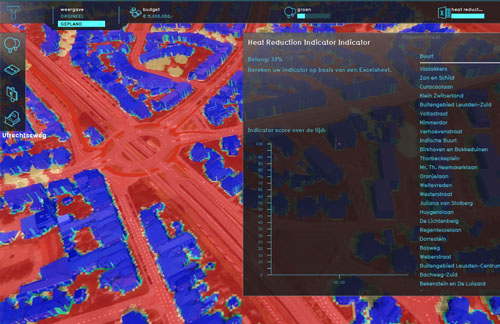
The Tygron Plan
1. Book a Meeting
Align your organization around data and simulations. Explore the possibilities with our assistance.
2. Workshop with Demo
Create a foundational strategy aligned with your organization mission and workflows. We can assist you with a structured workshop.
3. Implementation Plan
Unlock the potential of your data and simulations independently, focusing on scalability, interoperability, management, and maintenance.
Be in full control
At Tygron, we understand the need to be in full control when managing your data and computational models, ensuring that you comprehend the implications of your model outcomes in every situation.
With support for over 100 organizations in 20 countries and 30,000 projects, Tygron assists in integrating data streams, computational tools, and providing insights into the impact of plans and scenarios. This enhances internal simulation processes, enabling faster testing of design changes.
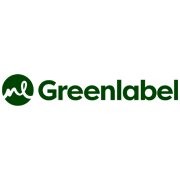
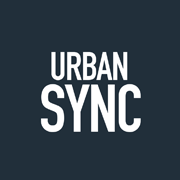
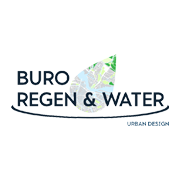
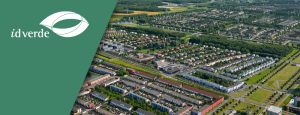
Green impact projects with IDVerde and Tygron
IDVerde has developed a method to help developers, builders and municipalities to make their plans contribute to a healthier and more sustainable living environment: Green Impact Modelling. Various software applications,
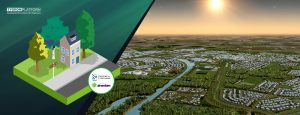
Green in and around the city: case study of the municipality of Dronten
The Province of Flevoland and the municipality of Dronten are working with Tygron on a digital twin that shows how green in and around the city contributes to a healthy
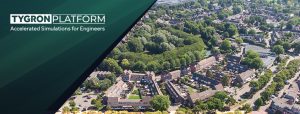
The integral future-oriented environmental vision of the municipality of Nieuwegein
During the Tygron Community of Practice, Anton Poelarends, strategist Space and Living and Esthy Meijer, junior project leader at the municipality of Nieuwegein, shared their insights on the role of
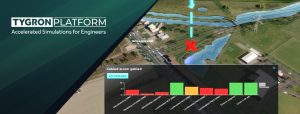
The Digital Twin Healthy Urban Area Development of the province of Utrecht: improved and available to everyone!
Urban planning is becoming increasingly complex due to the high demand for housing and the need for healthy urban living environments. In order to make informed decisions about this issue,
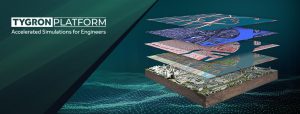
Unlocking the Power of High-Performance Computing for Complex Engineering Projects
Introduction to High-Performance Computing (HPC) Engineers are dealing with large amounts of data to face the challenges of increasingly complex use-cases in built environments. There is a lot of information
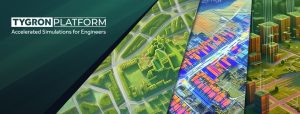
From GIS to Advanced Modeling: Get More out of your GIS Data with the Tygron Platform
The Tygron Support team often receives the question: we already have GIS software, why should we use the Tygron Platform? In this article, we describe the differences, overlaps, and complementarities
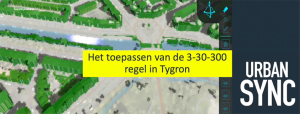
3-30-300 for healthier urban living with Urban Sync
The 3-30-300 rule is a rule of thumb for urban forestry and urban greening that was developed by Professor Cecil Konijnendijk, director of the Nature Based Solutions Institute. This rule states
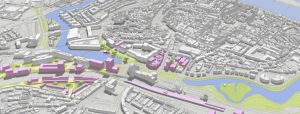
Interactively developing urban plans by using connected geo-applications in a Digital Twin
Several partners involved with ‘De Kien’ in Deventer are working on digital twin applications. ‘De Kien’ is the name of an innovative campus and development hub, but also a network of partners
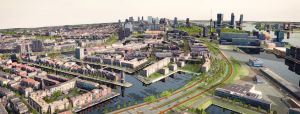
Rotterdam in action: Cooperation and Participation as an answer to heat stress
The engineering office of the Municipality of Rotterdam is working on ways to visually design complex projects. This can be done by means of a 3D model that is based
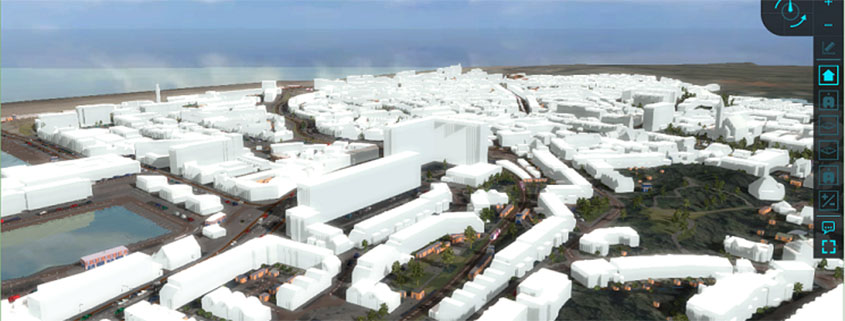
Importing 3D models into the Tygron Platform
The Tygron Platform automatically generates a 3D world by combining open data. The buildings in the 3D world have LoD (Level of Detail) 2. Read more about how the roof
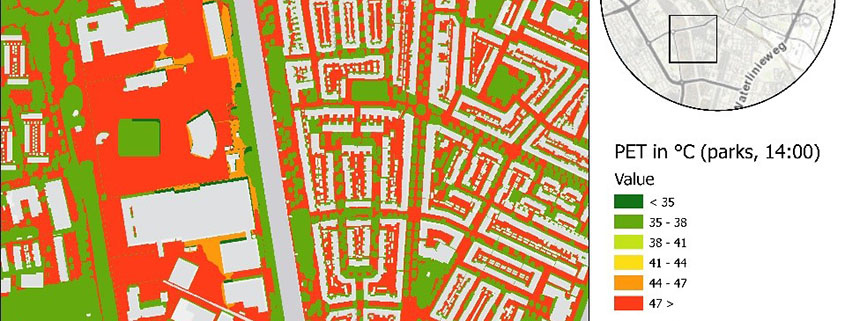
What is the most effective way of planting trees to reduce heat stress?
As a result of climate change, there is an increase in the amount and duration of heat waves in the Netherlands (KNMI, 2020). Heat stress resulting from these heat waves
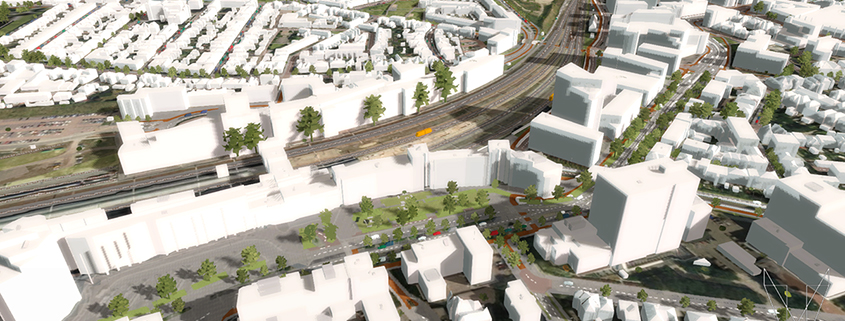
Climate adaptive design of the Amersfoort Station Area; How a Digital Twin can help.
It’s getting warmer and drier. Rain showers are getting shorter and heavier. It is a reason for the municipality of Amersfoort to take a good look at the design of
